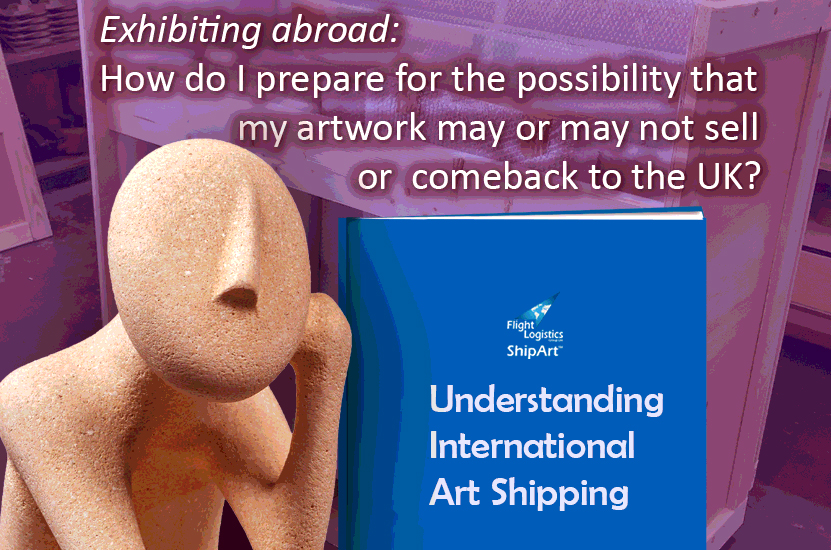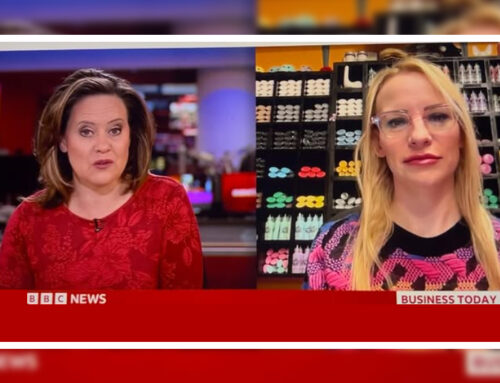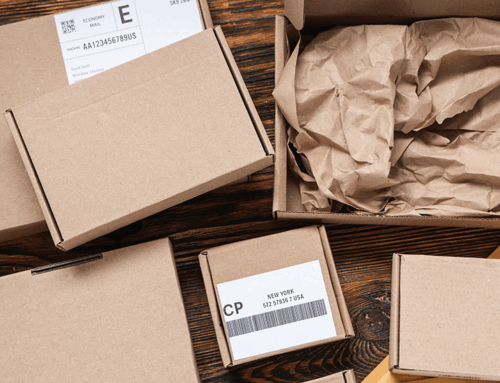Before reading this article, please keep in mind that the information provided is general. It’s important to understand that different countries have different rules so it’s crucial to seek advice from professionals such as art shipping specialists Flight Logistics-ShipArtTM or a customs broker to ensure that you comply with regulations of both the origin and destination countries. Some countries may have specific exemptions as regards VAT or import duties for artwork intended for an exhibition depending on its value. At Flight, we will always look at each exhibition/fair shipment on a case-by-case basis.
When a sold item is shipped abroad it may be subject to import duties and taxes payable by the purchaser/recipient on arrival. However, it isn’t so straight forward when artwork is shipped to an event where the work may or may not sell, and where unsold work is then shipped back to the country of origin. So what solutions are available to an artist?
Solution 1: ATA Carnet / return to place of origin / ship to purchaser
Perhaps the preferred options available to the artist and arguably the safest. An ATA Carnet is an international customs document that simplifies the temporary importation and re-exportation of goods such as artworks for an event or exhibition. Most importantly it safeguards the artist from paying customs charges. However, what goes out, must come back*, so although an artist can sell the artwork at the event, it must first comeback to the UK, after which it will be packaged and shipped to the purchaser who will pay for the artwork as well as the shipping and import costs. (*There is an exception to this, however it is fraught with potential negative issues, and is a baffling operation which even HMRC find difficult to advise on. Not recommended).
Although this may not prove popular if the client expects to take the work away with them after paying for it, it does make it easier for the artist and safeguards them from unwanted and costly customs issues.
This solution may sound convoluted and a strange first choice, however when compared with other solutions available, it may become more attractive.
Solution 2: Temporary Export and Re-entry
This in simple terms is an “agreement” made with British customs for export and re-entry of goods. It doesn’t have the constraints a carnet has but does however require very careful management.
Before leaving the UK make thoroughly sure that the details of each piece of artwork (including titles, values, HS code, and the intended purpose of export) are accurately entered onto the export invoice. This is a customs declaration logging what is being exported.
On arrival at the foreign country, unless the gallery has a ‘temporary bond’, import duties and taxes must be paid by the recipient, this will either be a gallery or event organiser. The latter can often cause a problem to artists as the organisers themselves will not wish to be shown as the importers for tax reasons and also will not wish to be liable for any import charges. Depending on the destination, it may be possible for the artist to pay the import fees (DDP), however regardless of who is paying the bill, the importer (gallery/event organiser) will have to complete some paperwork.
Once the event is underway and as import duties and taxes have already been paid on entry, the artwork is free to be sold and removed by the purchaser at the exhibition. When the unsold artworks are shipped back to the UK after the event, it is imperative that the shipper (gallery or event organiser) accurately itemises the artwork exactly mirroring the details entered on the original export invoice when it left the UK. Any discrepancies will create issues when returning to the UK and may incur unnecessary import charges. If for example the title of one piece has a different name coming back, import duties and VAT may be added as there is no proof it’s the same one that was originally exported.
Note: If shipping to an exhibition held by a gallery, the gallery should have import processes in place. When exhibiting at a fair it’s important to check information provided in the welcome pack as often it contains the organiser’s help in these matters including preferred agent / handlers who will be the artist’s point of contact and offer guidance, assistance, and ultimately delivery to the stand (for a fee).
Thank you to artist Kate Oleskaart who instigated the subject for this article by raising the question having read our last ‘Understanding International Art Shipping’ post/article (shown below).
List of previous ‘Understanding International Art Shipping’ articles:
;














